Michèle Lavagna is a lecturer in Flight Mechanics at the Politecnico. Flying has always been one of her passions, and she told us about it when we met her in her office in the Department of Aerospace Sciences and Technologies.
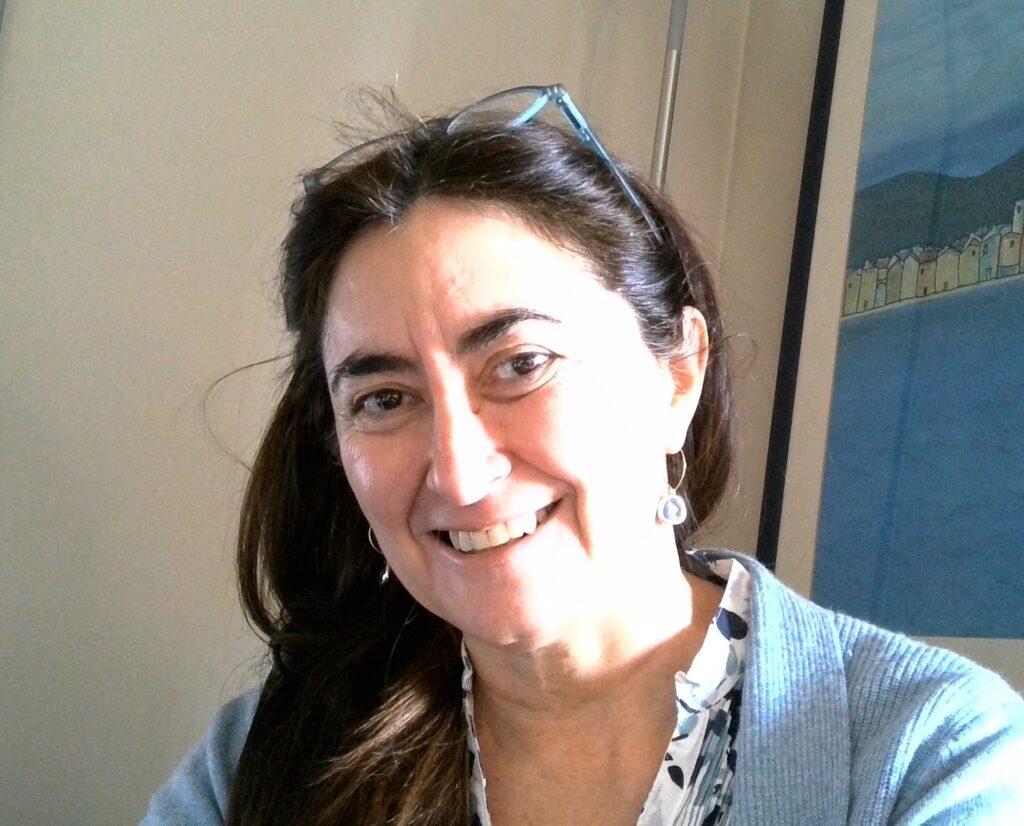
You are involved in planning space missions, how did your journey begin?
I entered the “Space context” because I am an aeronautical engineer; in reality I am not a space engineer, space engineering degrees did not yet exist, there were only aeronautical engineering degrees and the only person linked to space at the Politecnico di Milano at that time was Professor Amalia Ercoli Finzi, with whom I took the only space course that there was, and later applied to do my thesis in that subject. What drew you to aeronautics? Before starting university, when I was still at secondary school, I got my single-engine private aeroplane pilot’s licence, so there was already this passion for “taking off from the ground” and once the journey started in this direction, the passion reached higher and higher levels and eventually left the atmosphere.
How did you come to work on mission projects and then your lunar missions?
Let’s say that in the space sector having a knowledge of the complete satellite system and therefore also the mission is the culmination of cross-cutting and multidisciplinary skills, which can follow quite a natural pathway, especially in an academic context, both in terms of acquiring the skills, and in terms of being able to transmit them to students and seek to have a mission-based vision, and therefore work on mission projects with European and Italian space agencies and companies operating in the sector.
The moon? Because the moon is close and there is a lot of excitement around it; in the science and technology world, our satellite is subject to an increasing amount of attention and it therefore follows that the contextualisation of the work will take form on what is being most fervently studied at that time, and that has always been the moon.
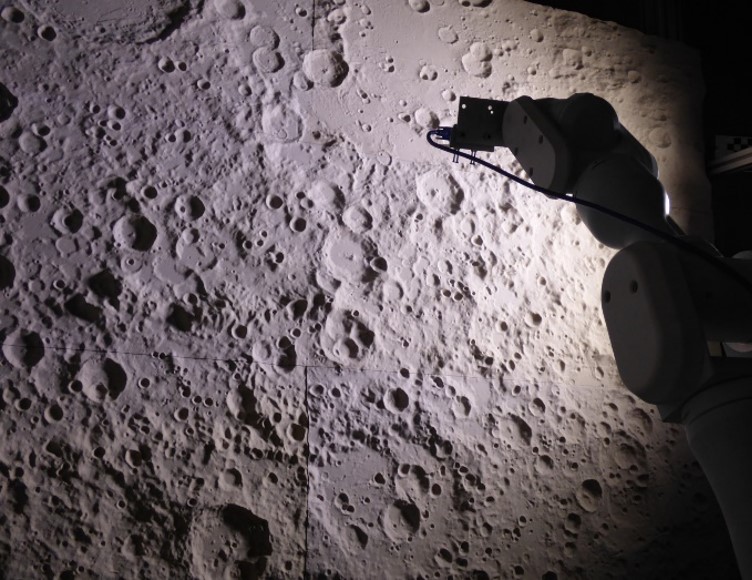
Space agencies around the world are working to put man in space, on the Moon or on Mars, on a permanent and sustainable basis. What are the most critical and most important aspects?
There are so many, because if we leave the Earth’s surface, but we also leave our atmosphere and yet another protective shield, our magnetosphere, the environment is completely different and human beings are not made to live in such a different environment because, among many other reasons, there is not the same type of gas that we need to breathe. There is not the same kind of water availability, at least in the form in which it is of use to us – liquid. Therefore, the technological challenges to ensure safety for long periods and the challenges outside of the terrestrial context are, I would dare to say, infinite, because they are on all fronts, especially if the intention is to take humans outside of the terrestrial context, with the philosophy that is being adopted a little a the moment, which is not the ‘cut-and-run philosophy of the Apollo missions, but one of ‘go and stay’ to create a second home, no longer on the coast or in the mountains, but on another planet. Therefore, the local conditions that need to be in place are almost a complete cutting of an umbilical cord from the Earth and therefore knowing how to be independent, but independent means not only having water, having food, but it also means, for example, medical expertise, first aid skills, the ability to make repairs. We on Earth are independent from any other planet – this is what we need to become if we really want to move there or in any case have long-term bases on the Moon rather than on Mars and to get to that point will take decades. Young people have so much work to do!
At what point is Italy in this regard?
I would say that we are rather behind, but we have strong and fundamental financial support and thee is also a critical mass willing to work on these topics, which no longer pertain to the space sector only, but also the terrestrial context. The disciplines of industrial chemistry and civil engineering are now involved, and these are very consolidated areas of expertise which involve a very wide community compared to the space sector alone. We can go a lot further today, just think of all the efforts that are being made at the global level. I must say that Italy has a very important role in this, for the production of important resources in situ, such as the production of water from the regolith, the name given to the sandy surface of the Moon. And here at the Politecnico my group is working and has created a prototype plant that is able to produce the desired quantity of water from lunar sand. Obviously, the sand is simulated in a laboratory and, using a chemical process that was also developed in our laboratory, we are able to produce water in liquid form and then oxygen. The production percentages are still low, but very promising! This is important for the objective of independence that I mentioned earlier. And this is also true of new materials that can resist the radiation levels that there are outside of the Earth’s magnetosphere, new propulsion technologies to be able to travel not only to the moon, but also to Mars, the production of new more comfortable suits for astronauts, which would also allow personnel who are not necessarily trained, such as geologists rather than scientists, for example, to carry out activities in situ.
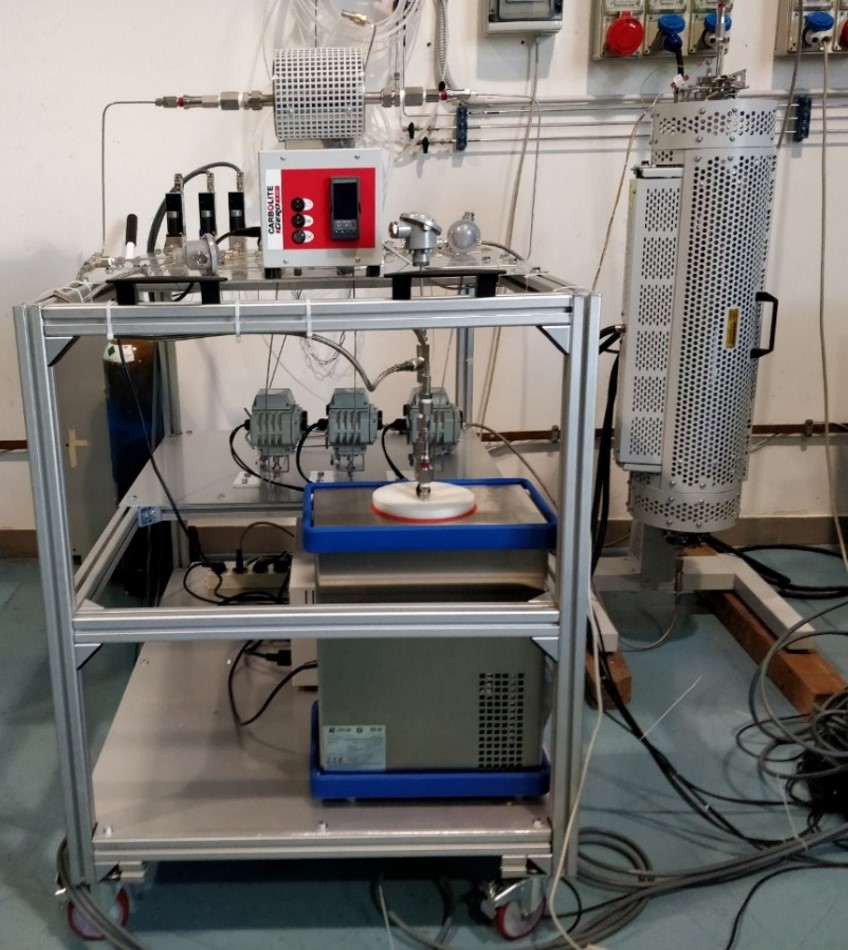
So there are so many small technological developments underway in which Italy is involved together with Europe, but they are all pieces in a big puzzle with countless pieces, but we are making good progress!
Therefore no only the Moon, but also Mars…
Not only the Moon, but also Mars, because Mars is actually the final objective because it has much, much more in common with Earth.
The global community, and primarily the United States, is working and already has considerable results on Mars, but Europe and Italy itself are no less impressive. In fact, the rover used to explore Mars was made with a major contribution from Italian robotics. The Politecnico di Milano contributed to the drill used to explore and gather samples from the surface and subsoil of Mars, to be studied scientifically, and we also worked on the first concepts of constellations of satellites that can provide a localisation service for communications, such as the Galileo system and the GPS system, which help us all move around and know exactly where we are on our planet Earth. So work is being done to create this kind of system not only on the Moon but also on Mars. My group is involved in both projects and is working very actively to make these planetary infrastructures a reality. They are structures that copy what we have on Earth, but obviously they are more complex because they are in a more aggressive, unknown territory, with all the complexities of transporting a collection of satellites to Mars rather than the Moon, to become infrastructure for future bases.
The problem with satellites is that they generate space debris…
Yes… space debris falls within the scope of a greater understanding of space that has the objective of maintaining the ecosystem. As is happening a little with all philosophies, green policies to preserve the natural aspects of our planet are also being reflected in space. Therefore, when occupying a resource such as the space around Earth, or even space around the Moon and the space around Mars or any other planet, as a resource that is not infinite and must be preserved, one needs to work with a view to recycling for the future. This means satellites that can travel from the area that they are occupying at the end of their life, or even be reused as base material to build new satellites in orbit. If we have a satellite that no longer works, but still has an intact antenna or solar panels, we are working to create robotic systems that can take these units and build a new satellite in a form of recycling. A lot of legislative activity is also needed for this, because, as is also the case on Earth, if the regulation policies are not shared by all actors, they are of no use and therefore, if even Italy and Europe, or the United States themselves were to adopt regulation for the green use of space, such as the removal of detritus and policies in favour of deactivating removing objects that are not longer active, but there were also other nations in the world exploiting space and not accepting this type of regulation, then the work would obviously be pointless. So a whole area of space policy and space legacy has opened up where there was previously no need, and now it is becoming a very important discipline in terms of both debris and the exploitation of resources on the Moon and on Mars and asteroids, so that it does not become a wild west, but a space that is shared in a balanced and fair manner.
In your opinion, what skills and characteristics are essential for working in this sector?
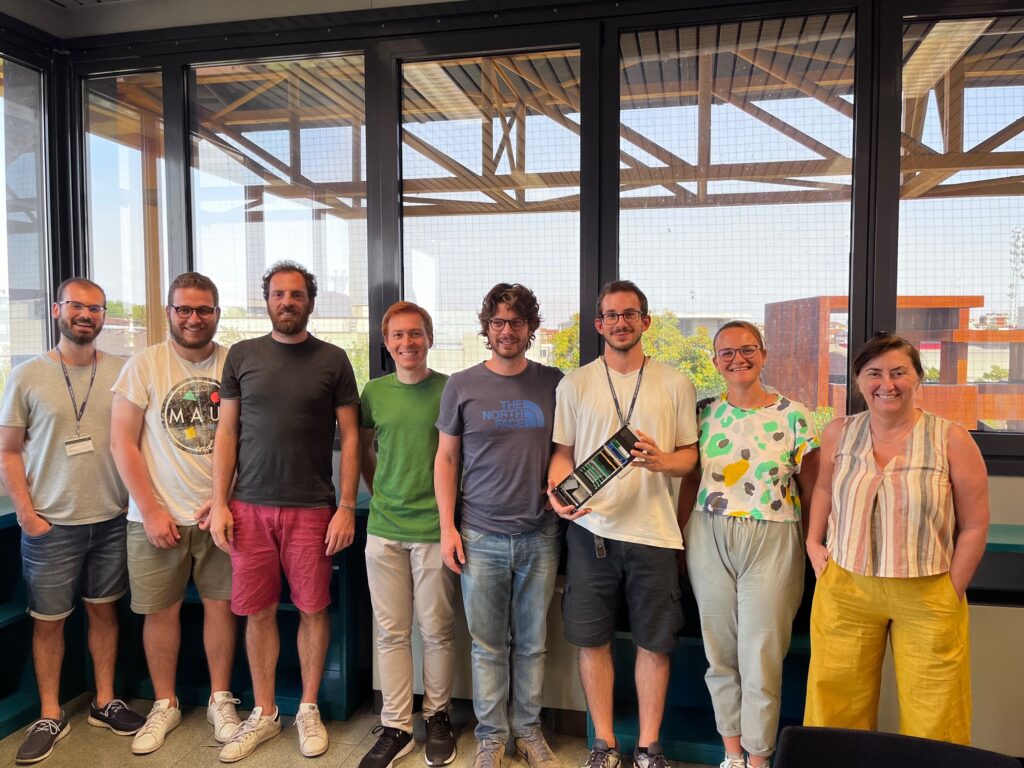
I believe that you need precisely what the etymology of the word engineer suggests, namely ingenuity, and therefore creativity, a spark of fantasy, and vision – absolutely! Ingenuity together with a high level of technical expertise which, for better or worse, in this field, like in all technological and scientific fields, cannot be acquired all at once; you need to have the attitude of a perennial student. The curiosity that a student has for going into depth, learning and knowing, because while there must be certainty that the ingenious idea or inventive flair will actually be made into a reality, this can only be built with continuous learning and continuously gaining skills. But there must be more than this, because space is so innovative and such a frontier area, that the scope of what does not yet exist and is therefore still to be created, where there is nothing, which offers such opportunity, requires creativity, enthusiasm, and going beyond the rational and the feasible. This is required because it is not enough to be methodical and well prepared like a good engineer or a good technician, you also need to have the flair that a scientist has, which means creativity, perspective, a desire to challenge the impossible, knowing that it is impossible. (And these are characteristics which are in some way typically female.) So we work to make the impossible become possible with the knowledge that we might not succeed, but with the intention of reaching the limit of feasibility, because you never cross a frontier if you stay in your comfort zone. Added to this, there is another extremely important aspect in this sector, precisely due to the complexity of the expertise that it requires, the team: we’re not going anywhere alone! One needs to know that the results are obtained as a team. But you also needs to be certain that, in the absence of a team, you have the required strength and have set objectives that are manageable and achievable on your own, so the strength is in the team, but the robustness and feasibility and responsibility must have the awareness that there is a smaller unit that can make progress with the work that is being developed, because teams, groups or collections of people cannot remain together forever, and do not always remain together for as long as is necessary to achieve the objective. Teamwork is therefore very important, because the one person cannot have all the required expertise, it’s too much, you always need to be pragmatically aware of what you can do and how far you can go with only your own efforts.
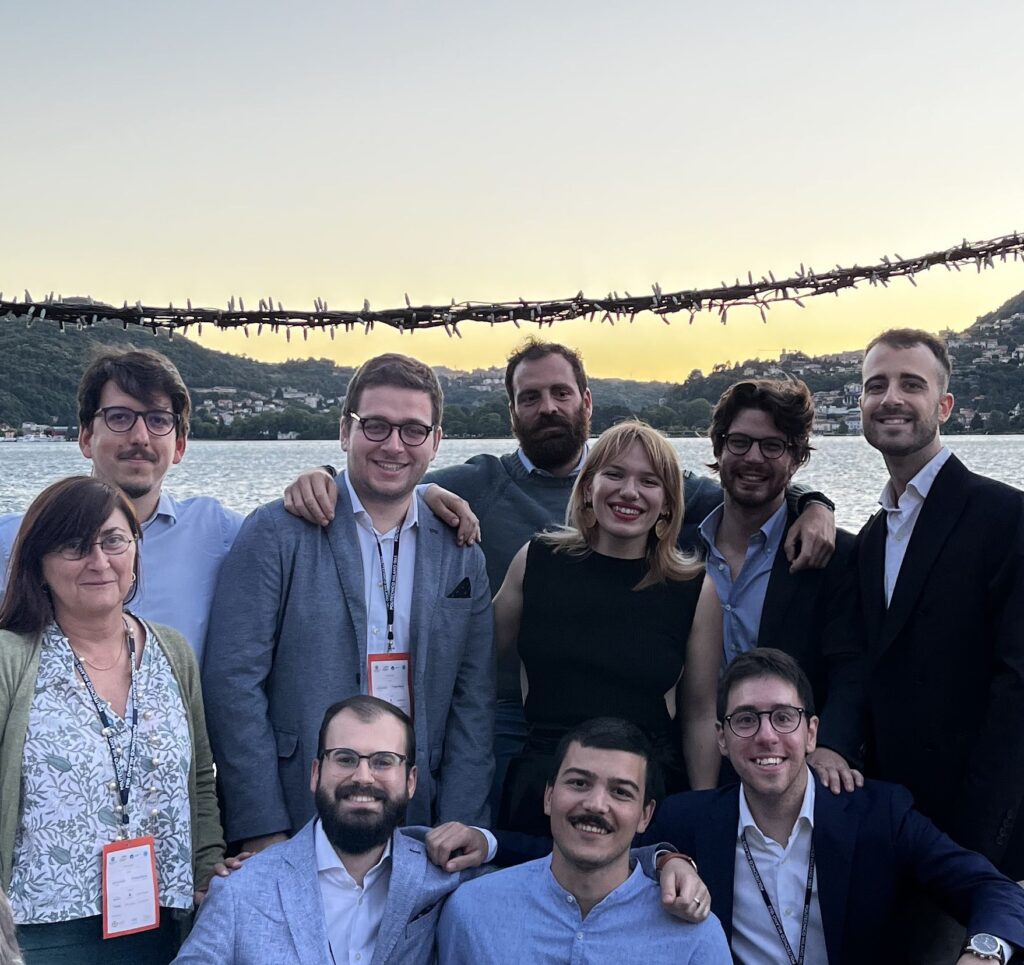
What advise would you give to a young person, specifically a young woman, who wants to take this pathway? Have you encountered difficulties in a more male world?
I am rather in favour of and agree with everything to do with the glass ceiling movement up to a certain level in one’s career or a certain level of seniority or professional experience or responsibility. This is a world in which gender equality exists, work is done on the technical level without any problems and without any difficulty in relationships, regardless of what gender or category you belong to. The difficulties or evidence of less than full equality is perceived when you start to scale the pyramid, so to speak, so when you start to have responsibilities or “move up a level”, then there is not always gender equality, there is still a lot of work to be done in this regard, absolutely.
My suggestion for a young woman overlaps somewhat with what I was saying earlier. It truly takes a lot of motivation, it would not be wrong to say that, even today, a girl needs to work at least 150 per cent as hard as a boy. With results that are, on average, typically improving, because when young women arrive they are certainly of a much higher quality, perhaps because they are more determined or more driven. What I suggest is a lot of strength of will, belief in oneself and to always be competent. That means documenting yourself, studying, always being prepared, so that you can never be attacked from a professional point of view. But also not losing your uniqueness as a woman, you don’t need to fall into line with the characteristics or managerial style of our male counterparts, because there is a slight tendency to assume more male attitudes to be able to discuss things on the same level or work in the same way – wrong! Because what a female figure can bring, precisely due to our ability to see things differently, to manage people in a different way, is extremely enriching, so don’t just fall into line or adapt to a way of being, a way of behaving which may be professional but is not your own, and also goes against all appearances, the context, bringing your own character forwards in any case, together with your own way of approaching the work correctly, precisely and accurately. Bringing forward your own particular characteristics, as an individual but also as a woman – never get demoralised!
So space poses many challenges; what is the most important achievement that is yet to come? What is your life-long dream?
Difficult question… difficult because… maybe I would say that because space is exploration and curiosity, what we are not yet able to do is understand whether there might be not only other worlds similar to ours, but worlds that are in some way inhabited, and therefore being able to bring technology to a point that makes it possible to use technologies that can at least allow us to explore this possibility. In fact, it will take a long time to gain this certainty… Everything that has already been done in terms of studying exoplanets, the presence of other planetary systems around other stars in other galaxies is going in this direction, let’s say that one dream would be finding out whether we are really a unique causality or is there someone in time, in space, parallel to us, who is perhaps asking the same sort of question, even if they are probably completely different from us. However, this could only happen in the universe, in the vastness of the universe. And it would be a good response on many levels, the philosophical, the religious, the personal, the technological, the scientific… This is my life-long dream, yes!
Forget that you are a scientist for a moment and tell me: are we alone in the universe?
In my opinion, we aren’t alone. But this answer is really very very based… on the sole fact that of course we are probably alone, just as we are us. But we are not the only form of life, I mean, there could be beings that survive not by breathing oxygen… that is, in conditions that are necessarily different from ours, perhaps they are completely different, but have also developed an intelligence of their own, an emotional capacity, a sort of soul… I believe this could be possible. Everything is possible. Clearly there is a lot still to be discovered!
